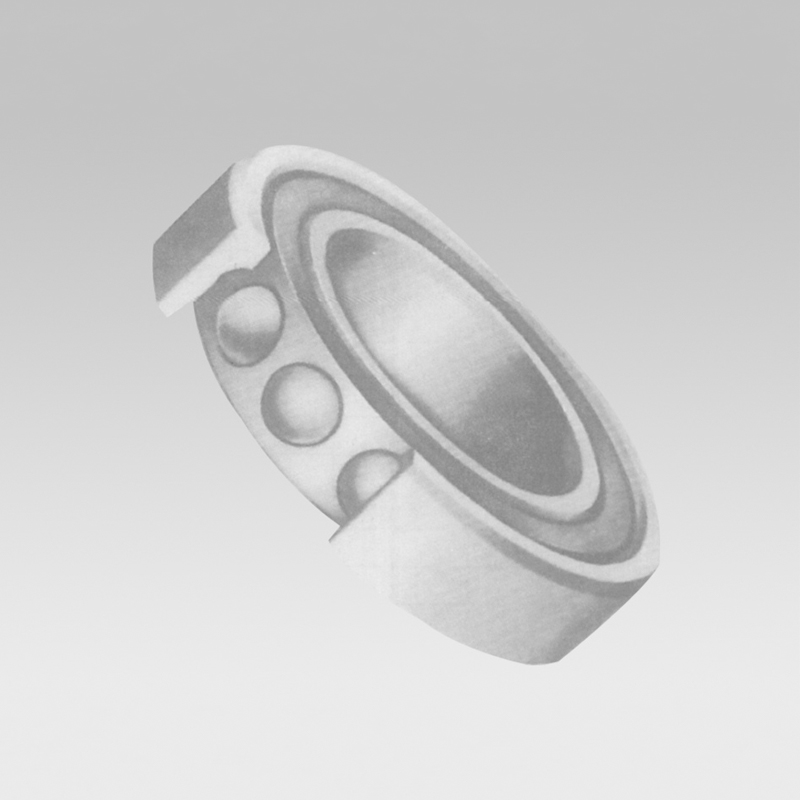
gru . 28, 2024 22:42 Back to list
Understanding Bearing Thrust and Its Impact on Mechanical Systems
Understanding Bearing Thrust Mechanics and Applications
Bearing thrust is an essential concept in mechanical engineering, especially in the design and function of various machines. Bearings are critical components that facilitate the smooth movement of rotating and oscillating machinery parts. They support load transfers and reduce friction between moving surfaces. However, with their essential role comes the need to understand the thrust forces acting on these bearings during operation. This article will elaborate on the concept of bearing thrust, its types, effects, and applications.
What is Bearing Thrust?
Bearing thrust refers to the axial load experienced by bearings due to the forces acting parallel to the shaft. In simpler terms, when a shaft rotates, it may not only experience radial forces (perpendicular to the shaft's axis) but can also experience axial forces that push along the axis of the shaft. This axial force is known as thrust, and bearings must be designed to accommodate and manage this thrust to prevent failure or suboptimal performance.
Types of Bearings and Thrust
There are various types of bearings tailored for specific applications, and each type has its way of handling thrust
1. Ball Bearings These are among the most common types of bearings. While they primarily support radial loads, certain configurations are designed to handle axial loads as well. Angular contact ball bearings, for instance, can manage combined loads and are used in applications where both radial and axial loads are present.
2. Roller Bearings These bearings are designed to handle heavier loads than ball bearings. Thrust roller bearings specifically manage axial loads. They consist of cylindrical rollers that provide a larger contact area, enabling them to support substantial thrust loads while maintaining stability.
3. Thrust Bearings As the name suggests, these are designed solely for managing axial (thrust) loads. They can be found in applications such as automotive transmissions, where they support heavy loads directed along the shaft's axis.
The Importance of Bearing Thrust Management
Proper management of bearing thrust is crucial for several reasons
- Wear and Tear Bearings subjected to excessive thrust can experience uneven wear, leading to premature failure. This is particularly critical in high-speed or heavy-load applications where consistent performance is essential.
- Heat Generation Thrust forces can generate heat through friction. If not managed, this heat can lead to lubricant degradation and adversely affect the overall efficiency of the bearing. Overheating can also risk damaging surrounding components.
bearing thrust

- Vibration and Noise Unmanaged thrust can lead to increased vibration and noise levels within machinery, which can affect operational efficiency and comfort, especially in consumer products such as household appliances and automotive applications.
Designing for Bearing Thrust
Effective design to manage bearing thrust involves several considerations
1. Material Selection Bearings must be made of materials that can withstand the operational loads, including any thrust. High-quality steel, ceramics, or specialized composites are common choices based on the application's requirements.
2. Clearance and Fit Proper tolerances and fits ensure that bearings can accommodate thrust while minimizing unnecessary movement or play that can lead to failure.
3. Lubrication The right lubrication can significantly reduce friction and dissipate heat, extending the bearing's life and maintaining its performance under thrust loads.
Applications of Bearing Thrust Management
Bearing thrust is crucial in numerous industries
- Automotive In engines and transmission systems, thrust bearings are vital for handling loads while ensuring smooth operation.
- Aerospace Bearings in aircraft engines must efficiently manage thrust forces while maintaining reliability over extended periods.
- Manufacturing In conveyor systems and heavy machinery, thrust management ensures that equipment can operate under high loads without failure.
Conclusion
Understanding bearing thrust is fundamental for engineers and designers in developing reliable and efficient machinery. As technology continues to evolve and applications become more demanding, the importance of mastering concepts like bearing thrust will only increase. Properly managing thrust forces ensures longevity, reliability, and efficiency, key attributes in today’s fast-paced industrial environment. With ongoing research and development in bearing technologies, the future promises innovations that will further enhance performance and reliability across various applications.
Latest news
-
Common Failures in Thrust Ball Bearings and Solutions
NewsAug.22,2025
-
How Tapered Roller Bearings Can Take Shock Loads
NewsAug.22,2025
-
Angular Bearings in High-Precision Spindles
NewsAug.22,2025
-
The Impact of Misalignment on Cylindrical Roller Bearing Performance
NewsAug.22,2025
-
The Role of Cage Design in Deep Groove Ball Bearing Durability
NewsAug.22,2025
-
The Impact of Material Quality on Machinery Bearings’ Lifespan
NewsAug.22,2025
